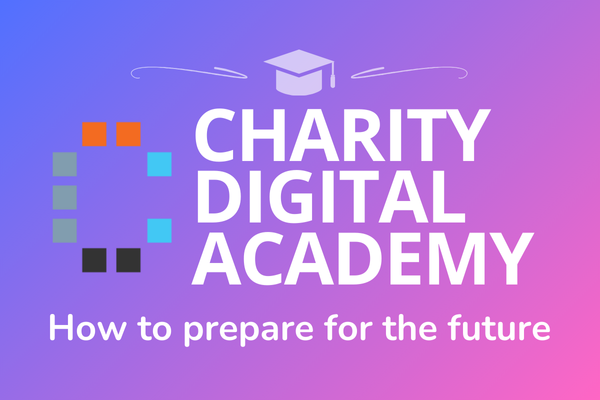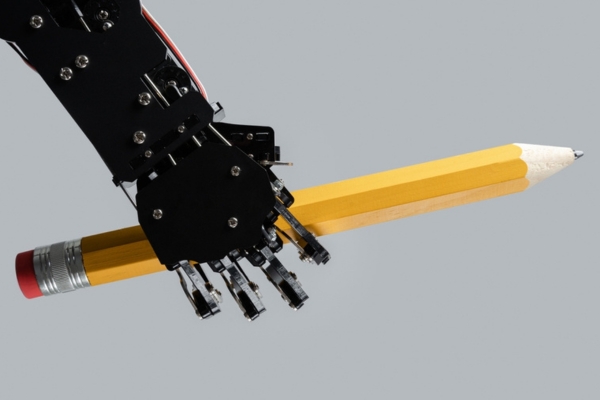Insights
INSIGHTS
All Topics
My Account
What are BFMs and how can your charity use them?
06 Mar 2025by Laura Stanley
We examine the importance of beneficiary feedback mechanisms and how they can help charities ensure their services are meeting the needs of their users
Delivering charity services relies on a good amount of trust. Service users must trust that the charity is acting in their best interest, while charities must be confident that their services are empowering their service users and meeting their needs.
Building this trust is an ongoing process. As service user needs evolve, charities need to adapt their services accordingly to ensure those needs are at the heart of everything they do. To make the process yet more complex, charities must do adapt while balancing rising demand with rising costs, meaning some adaptations to services are necessary without being led by service users. But, whatever the catalyst for change, charities need to be sure that their services are putting service users first.
There are many questions charities need to be able to answer when assessing their services. Are service users able to access available easily? What barriers need to be removed to protect this access, such as lack of internet or devices needed to get online? Is this service aimed at addressing the long-term issue faced by service users and how can charity services best do that in the future?
To find the answers, charities should look to their service users. Charities should work in partnership with their service users to better understand their needs. This means creating mechanisms by which service users can talk to charities, share their experiences, and feed back on the work charities are doing to address a cause that directly affects them.
Research estimates that fewer than 5% of nonprofits have a feedback system that incorporates people’s views into decisions and reports back on these changes. Likewise, the 2024 Charity Digital Skills report shows that fewer than two in five charities (37%) are co-designing their services with users. But if charities do not seek the views of their beneficiaries, they risk falling into familiar paternalistic patterns, offering solutions to service users that are unwelcome or not fit-for-purpose.
This is where beneficiary feedback mechanisms (BFMs) are invaluable. BFMs are the process by which charities collect, manage, and respond to feedback on their services from their service users. When seeking feedback, it is particularly important that charities “close the feedback loop”, acting on information and explaining their decision-making process. If service users provide feedback and nothing changes, the trust between themselves and charities can be eroded and difficult to rebuild.
BFMs don’t have to be all-singing and all-dancing. They could take the form of a suggestion box, a hotline, a focus group, or a survey. Digital technology can improve the reach and accessibility of a BFM but charities also need to consider the needs of service users who are not online. Indeed, the only essential requirement of a BFM is that all service users are able to give feedback equally, whether via SMS, email, or in-person, in respect of their varying needs. A combination of all options is recommended to ensure charities have the full picture of their service delivery. Feedback from diverse range of sources makes it more likely that any issues or barriers will be picked up and later addressed.
Developing BFMs is an ongoing process. Service user needs evolve, along with the challenges they face. Solutions change too – perhaps remote meetings are more flexible for some service users in 2025, while previously this might have been less common and less asked for. Consider how frequently you ask for and review feedback – is it continuously open?
Consider, too, what comes next. Once feedback has been given, how will you act upon it? The BFM Toolkit, compiled by UK Aid, points to a stage in the process called “Analysis, Actions taken, and Reporting”. It suggests results should be discussed in review meetings, actions proposed, and taken down in minutes to enable seamless reporting.
“Informing beneficiaries of the response to their inputs (closing the loop) is an important part of a BFM, to increase people’s confidence in the use of the feedback, which should contribute to willingness to continue to engage with the programme,” explains the toolkit.
The benefits of beneficiary feedback mechanisms
Empowerment
There are many benefits to putting BFMs in place. It can help redress power imbalances between charities and those they serve, by making service users part of the process when shaping services. It centres service users and their lived experience, giving them more ownership over the help they receive.
Improvement
Similarly, it prevents services from becoming stagnant. The challenges service users face change over time and services should be able to adapt to overcome them. BFMs mean that service users can talk openly about what issues they’re facing as time goes on, whether certain problem areas have grown and need more attention where others might need less.
Funding and impact
BFMs are also a useful tool when it comes to funding. Charities Aid Foundation (CAF) points out that feedback helps charities explain the interventions they’ve taken to funders, while also identifying the charity’s needs for future funding. Funders can see that charities have used funds responsibly to provide effective, impactful services, adapting to the needs of their service users.
“Having and using feedback makes it more likely their funding will achieve its intended outcome,” explains CAF, adding “Charities that actively listen and respond to their constituents are more likely to provide better quality, relevant services in a way that people can engage with.”
Examples of beneficiary feedback mechanisms
Creating a BFM can seem a complicated process from the outset, but there are plenty of resources available to charities to support them. Below, we share some of the best resources and advice for developing a BFM that works for your organisation and your service users. You can find more service delivery resources here.
More on this topic
Related Content
Recommended Products
07 Mar 2025by Ioan Marc Jones
A-Z incredible fundraising ideas for charity
07 Mar 2025by Ioan Marc Jones
An A-Z glossary of service delivery terms and definitions
Our Events
Charity Digital Academy
Our courses aim, in just three hours, to enhance soft skills and hard skills, boost your knowledge of finance and artificial intelligence, and supercharge your digital capabilities. Check out some of the incredible options by clicking here.
















